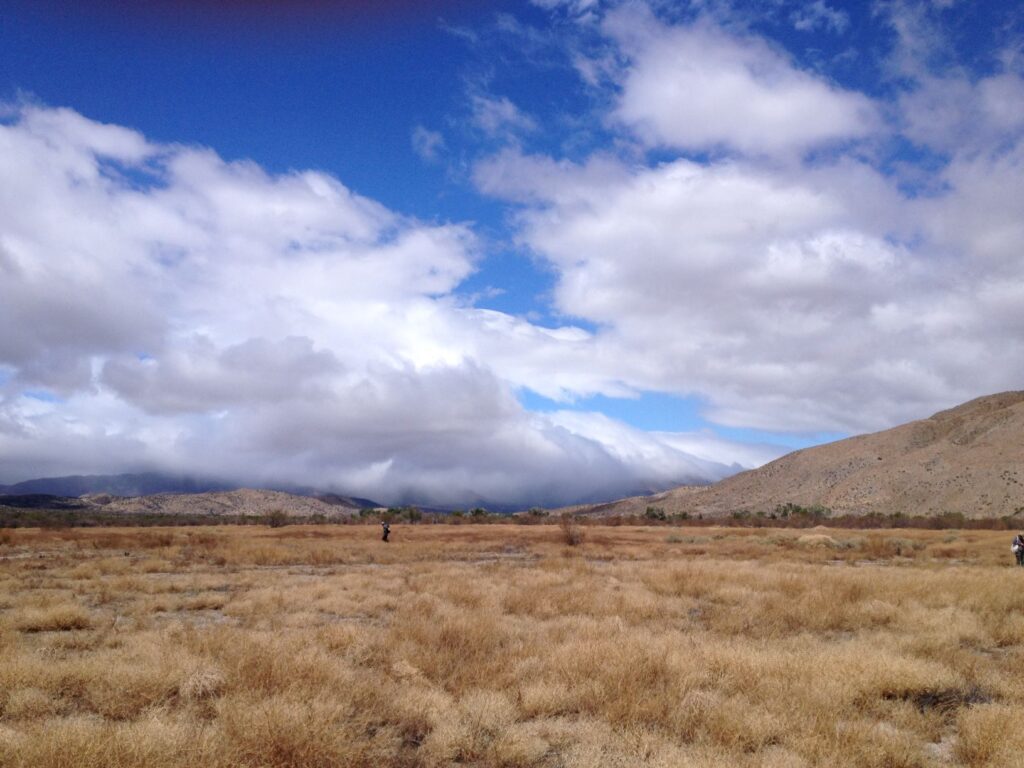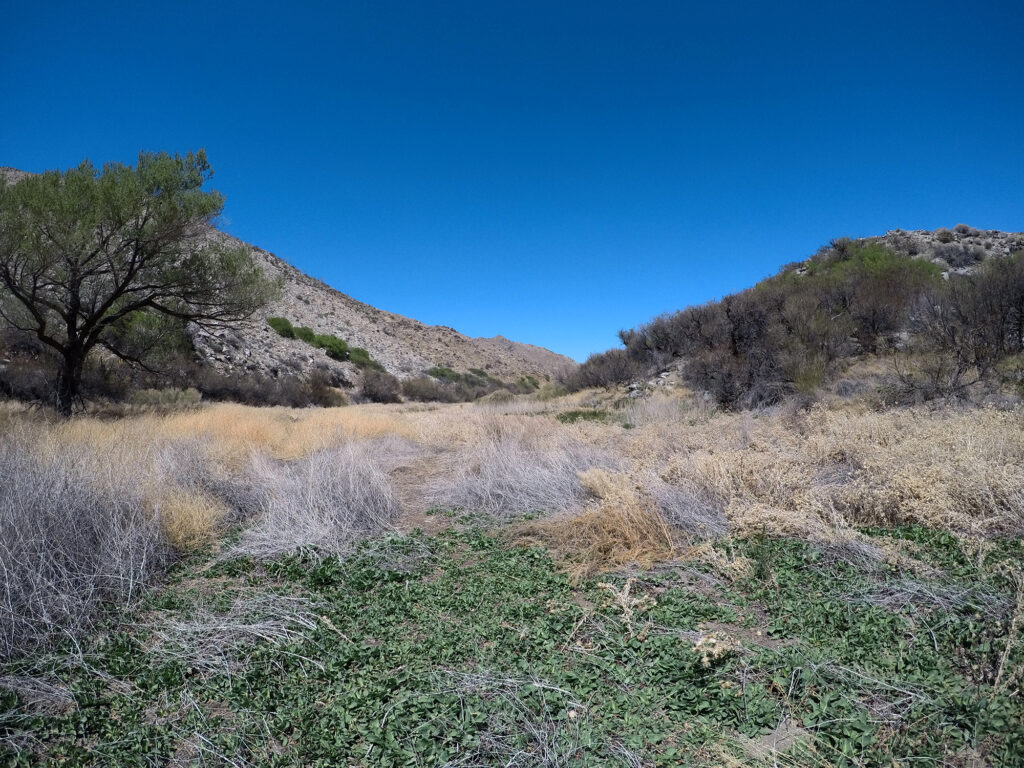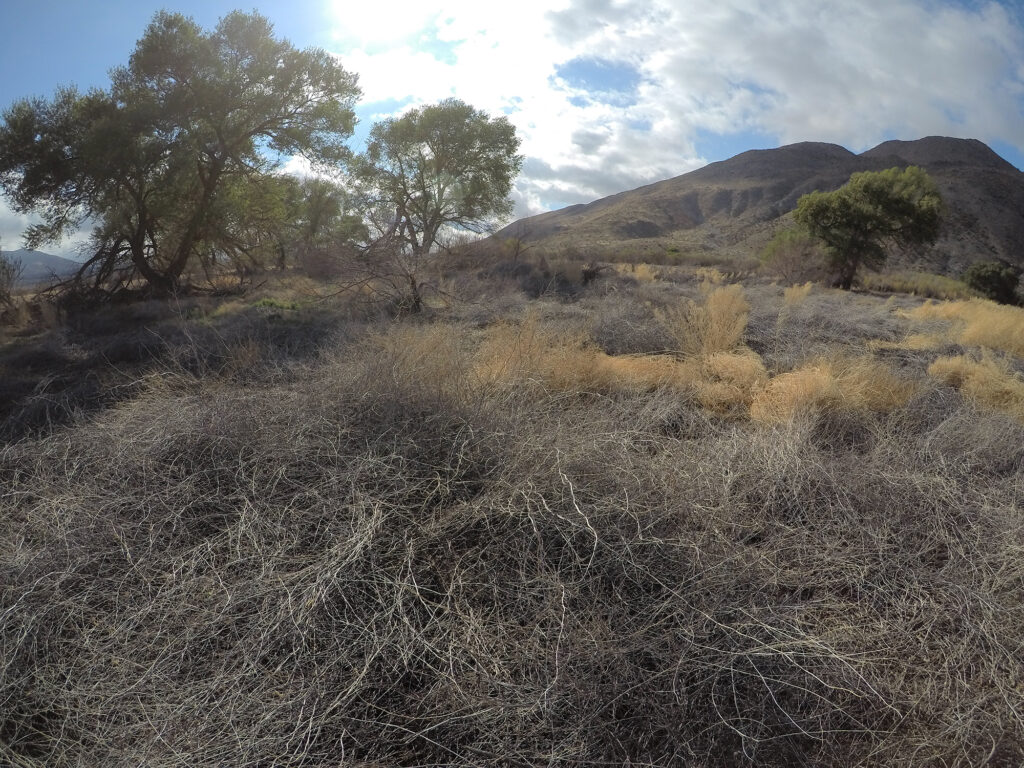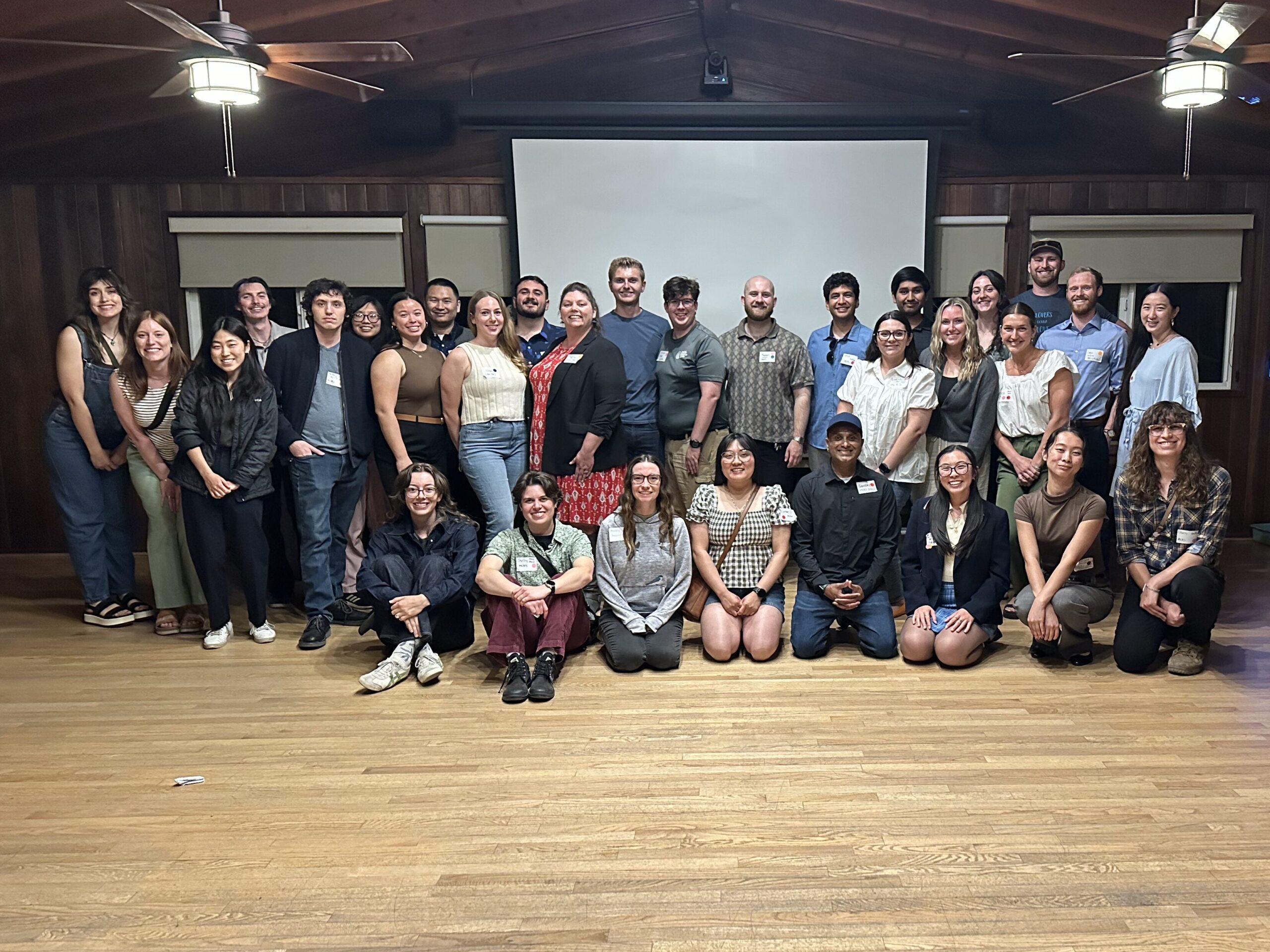Student Blog: Rachel Yuan
Nature to me is a harmonious whole made up of various unique individuals. It’s like we can divide so many plants into different genera and species in the world, even though we can’t find exactly the same two leaves. Some people say that natural science is rigorous. As a romantic, what attracts me to natural science is that there may be exceptions to even the most rigorous scientific experiments and that even the most unique individual samples can always find the rules through research. I like to pursue the truth, and I also like to be surprised.
Final Blog Entry

Introduction
The first time I came to Sentenac Cienega was in November 2019. There was a 3-day, 2-night field trip to help the UC Irvine team conduct soil texture and water table measurements for restoration planning. Although the three-day trip was very tiring, I was deeply attracted by the unique and beautiful scenery. When we chose the capstone project we wanted to do, I chose the Sentenac Cienega wetland restoration project without hesitation. I couldn’t wait to get back there and enjoy the natural beauty and help restore the degraded wetlands there.
The big ambition
During our project planning stage, we wanted to do a comprehensive, holistic plan for Sentenac Cienega to gain a better understanding of the latest vegetation conditions and wildlife activities. A plan like this would allow us to deliberately select a suitable plant palette and combine multiple restoration approaches to ultimately yield a roadmap for the restoration of Sentenac Cienega. We hoped our project would inform the future ecosystem management of this area in the face of current and future challenges.
To help us with the vegetation aspect of our project, we searched through the literature. Some studies show that stable native communities can be restored by combining different native plant assemblages (Davis & Mooney, 1985; DeSimone & Zedler, 1999). These combinations may interrupt non-native dominance and enhance native plant resilience (Eliason & Allen, 1997; Stylinski & Allen, 1999). Therefore, it is crucial to determine which native species are best adapted (through drought and salinity resistance) to withstand invasion and then determine the most effective way to restore them. As a restoration project, small-scale trials are essential before implement large-scale restoration actions (Bakker et al. 2018). So, we designed and are implementing two restoration experiments–one in-field and one in the greenhouse—aimed at determining the most effective way to increase native plant cover in Sentenac Cienega. We also duplicated a previous field transplantation experiment, transplanting native plants already present on-site directly into prepared plots. Transplants will be monitored for survivorship to determine which species are most suited to this type of restoration planting. In a separate greenhouse experiment, we decided to use a fully-crossed two-factorial design to test the effects of 3 levels of salinity and 3 levels of drought on 3 plant species found in Sentenac Cienega – Anemopsis californica, Distichlis spicata, and Juncus mexicanus.

A wonderful story always has twists and turns
Nature can be unpredictable and full of surprises.
My teammates and I had made several trips to Sentenac Cienega before we started our greenhouse experiment. Each time, we brought back a few individuals of the three target species, put them in a greenhouse, and give them enough water so they could grow. Unfortunately, the survivorship of D. spicata in the greenhouse was not promising. Even though we changed the soil to the native one we brought back from the site, when the other two species started to take root and grow new green leaves, D. spicata did not pick up. Without new green leaves, they looked like they were dead.
Considering the time constraints of our project and the subsequent arrangements, we decided to exclude D. Spicata from this greenhouse experiment. But just as we started the experiment, bringing back all the plants we needed from Sentenac Cienega, things changed. When I was watering the plants one day, I was pleasantly surprised to see new leaves of D. Spicata growing. They survived and began to thrive! Although we did not eventually reintegrate D. Spicata back into our target species, it was very exciting that they were able to come back to life after more than a month of inactivity.
I also remember the day we set out to collect transplanting data. When I drove past Julian, where everything was white after a night of heavy snow. This made me extremely excited since I haven’t seen snow since I was a child. I pulled over and enjoyed the beautiful scenery only seen in movies in the mountain. But suddenly, I wondered if the transplants in Sentenac Cienega would be affected by the snow.
It wasn’t until I drove over the mountains and saw the familiar yellow desert landscape that I breathed a sigh of relief. Although the morning temperature was a little low, the sun was still very strong, and the weather is similar to the previous several times. When we transplanted the plants two weeks ago, we carefully dug up the plants from the local plots, planted them in the existing plots, watered them, and marked them. I was confident that they would take root, and it would be great to see the new green leaves.
But when I started collecting the data, the picture was not as rosy as I had expected. Only three out of 10 blocks had living individuals. Most of the plants in the other seven blocks were uprooted, and some were missing. They looked as if they had been attacked or bitten by animals.
The day trip was shorter than expected, and I didn’t even have to keep detailed records of every plant. I returned with a sense of loss. At our weekly team meeting the next day, we discussed the situation and summarized some possible reasons for our plant loss. Although the situation was bad, we realized that we could still draw some inferences. And, like the individuals of D. spicata in the greenhouse that grew new leaves after more than a month, the next time I collect data, there might be a surprise for me.
The end is not the end, but a new beginning
Because our transplant experiment was not successful, we may not be able to make recommendations for subsequent restoration actions. But from this failure, we can also draw lessons for designing field trials and give measures and suggestions to reduce the influence of some factors, such as weather and wildlife impact.
This summer, our project will come to an end, but that will not be the end. It will mean that more people will join the project and continue our work. They will find more answers and discover more surprises.

References
Davis, S. D., and H. A. Mooney. 1985. Comparative water relations of adjacent California shrub and grassland communities. Oecologia 66: 522–529.
DeSimone, S. A., and P. H. Zedler. 1999. Shrub seedling recruitment in unburned Californian coastal sage scrub and adjacent grassland. Ecology 80: 2018–2032.
Eliason, S. A., and E. B. Allen. 1997. Exotic grass competition in suppressing native shrubland re‐establishment. Restoration Ecology 5: 245–255.
Stylinski C.D, Allen E.B. 1999. Lack of native species recovery following severe exotic disturbance in southern Californian shrublands. J Appl Ecol 36:544–554
Bakker, J.D., et al. 2018. Stage-scale restoration: Refining Adaptive Management to improve restoration effectiveness. Journal of Applied Ecology 55:1126-1132.



